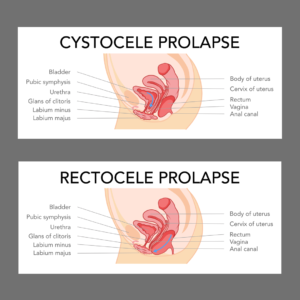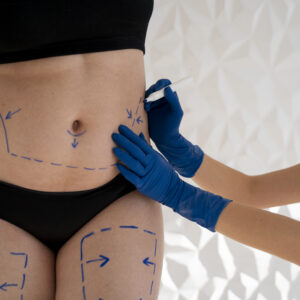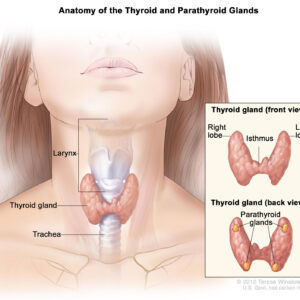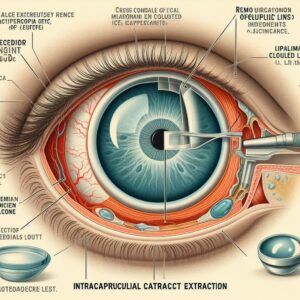Please note all prices are just for operational fees and without used supplies & devices .
Average non-surgical (medical) treatment fees for International Patients department.
| No. | Service | Price |
|---|---|---|
| 1 | General Wards (per night) | 300$ |
| 2 | Intensive Care Unit (per night) | 500$ |
| 3 | Chemothrapy per night | 100$ |
From: 550.00$
From: 550.00$
Embark on a transformative journey with our exceptional range of medical treatments. As a leading medical tour operator, we offer a comprehensive selection of world-class treatments and procedures to address your unique healthcare needs. From advanced surgeries to cutting-edge therapies, our team of experienced professionals is dedicated to providing top-notch care and ensuring your comfort and satisfaction. Discover a new level of healthcare excellence with our tailored treatment options. Book now to start your journey towards a healthier and happier you.
Familiarity with Treatment: Diagnostic and therapeutic curettage, often referred to as dilation and curettage (D&C), is a minor surgical procedure used to remove tissue from the uterus. It can be performed for diagnostic purposes (to investigate abnormal uterine conditions) or therapeutic purposes (to treat certain uterine conditions).
Procedure:
Who is it suitable for?
Who is it not suitable for?
Advantages:
Complications:
Previous Care:
Aftercare:
| Country | |
|---|---|
| City | |
| Hotel | |
| Visa | |
| Translator | |
| Transfer | |
| Stay at Hospital | |
| Language | |
| Insurance | |
| Stay at Hotel | |
| City Tour |
Only logged in customers who have purchased this product may leave a review.






Reviews
There are no reviews yet.